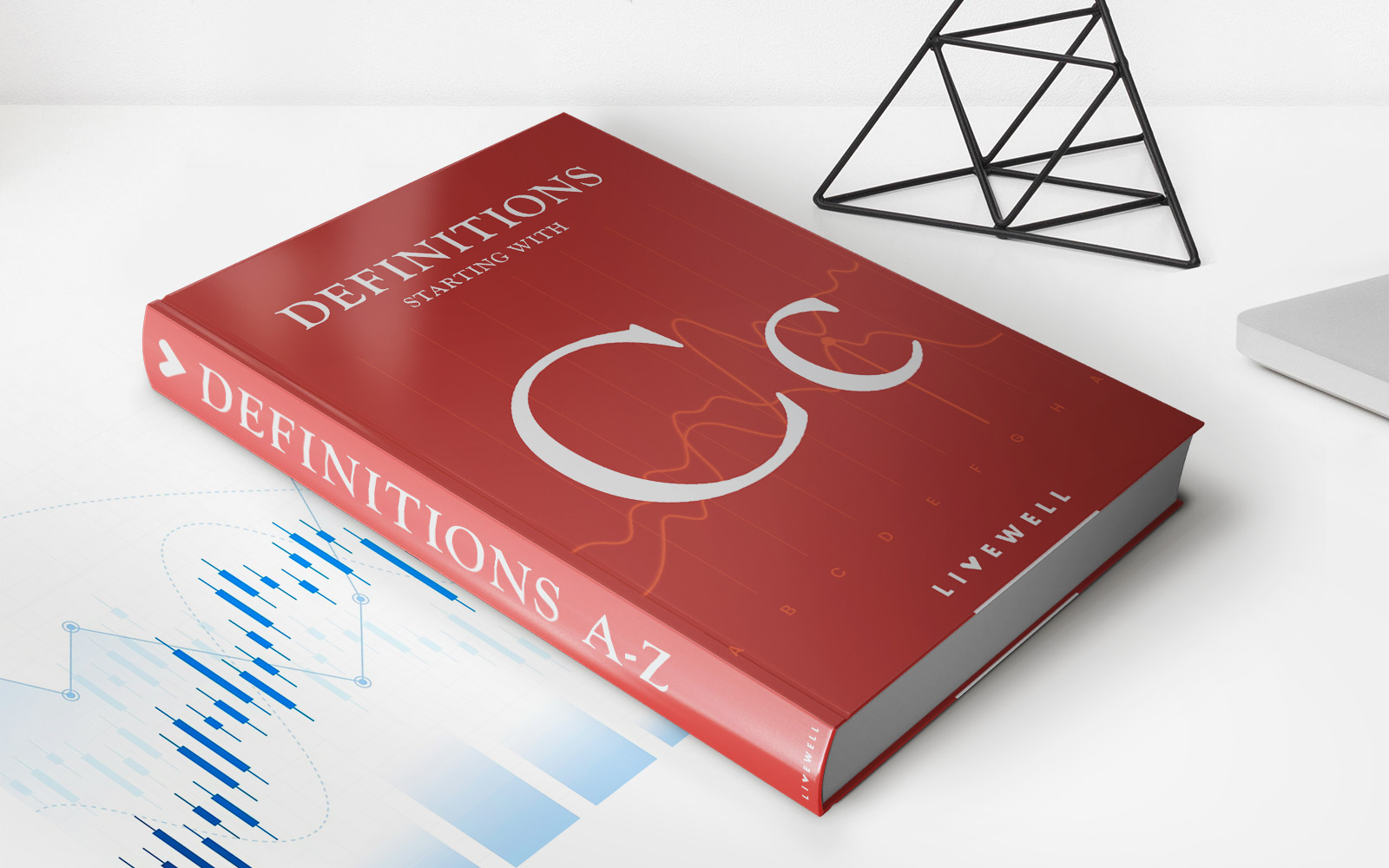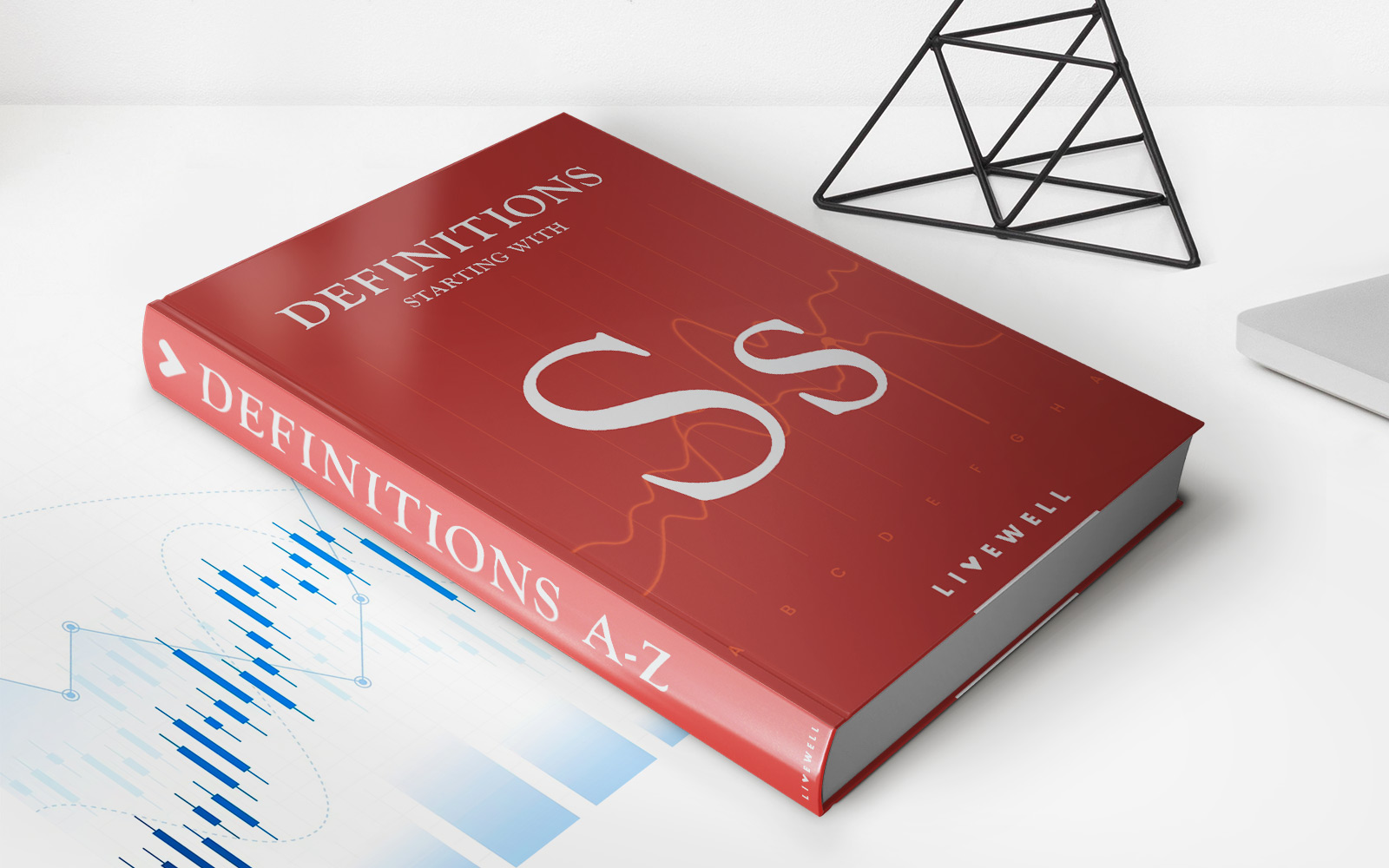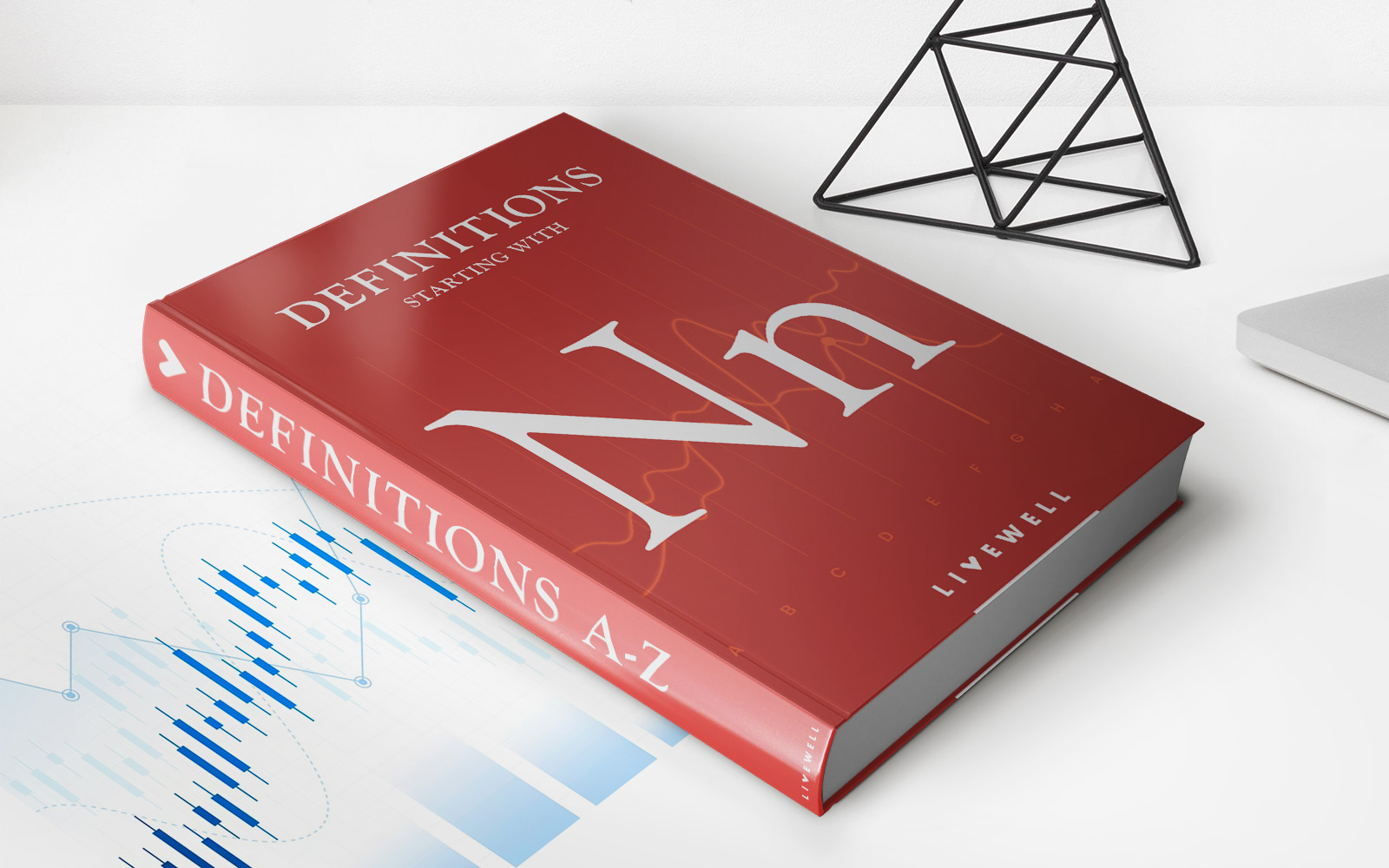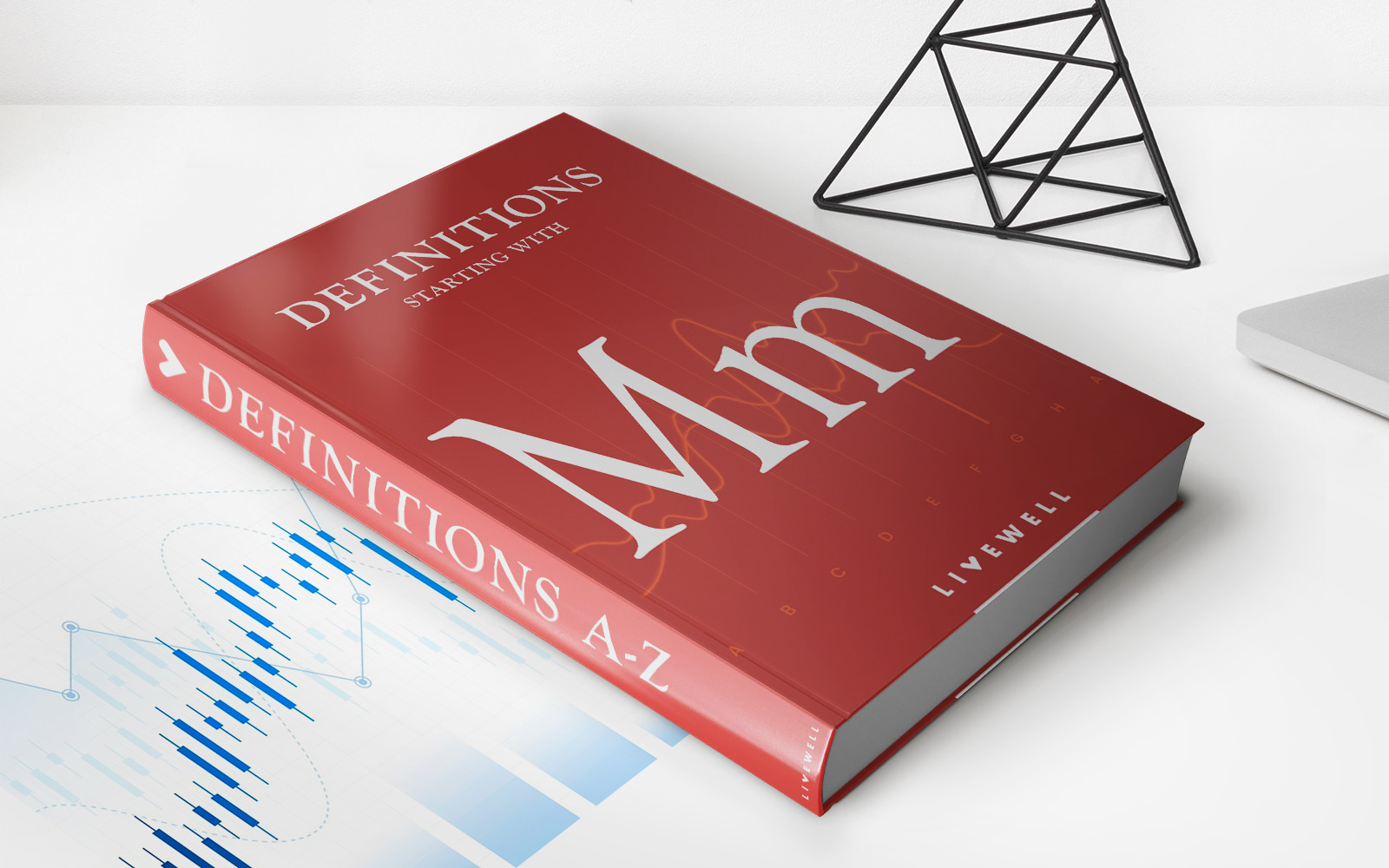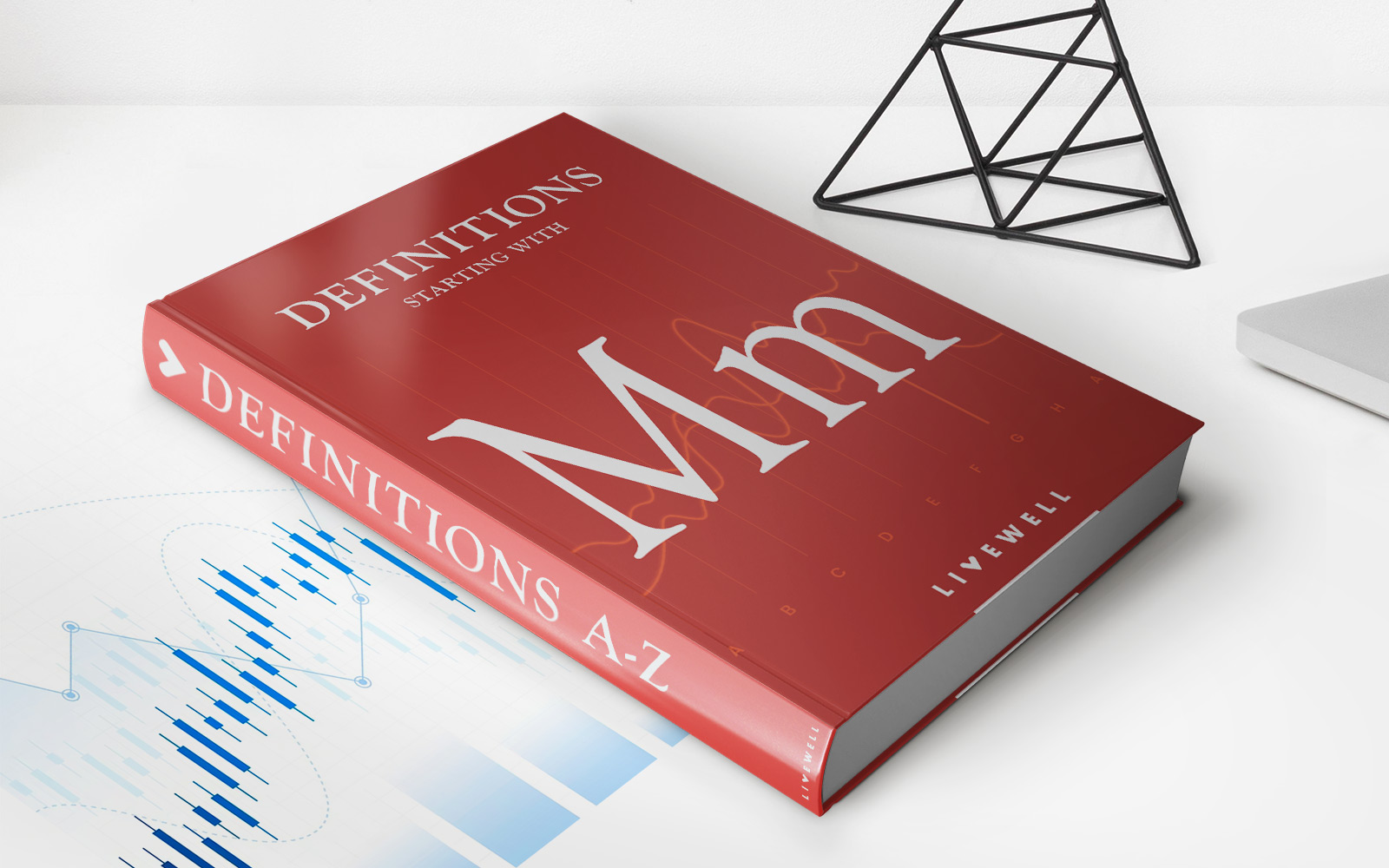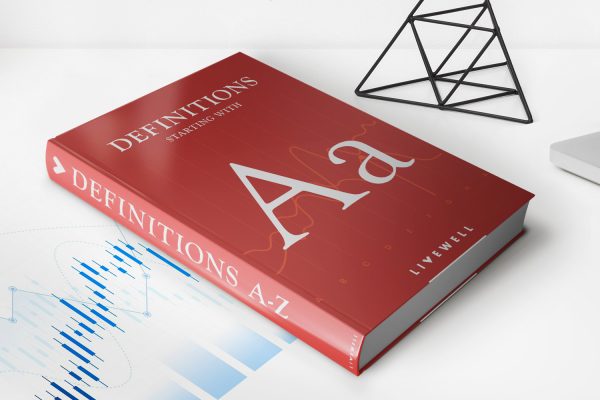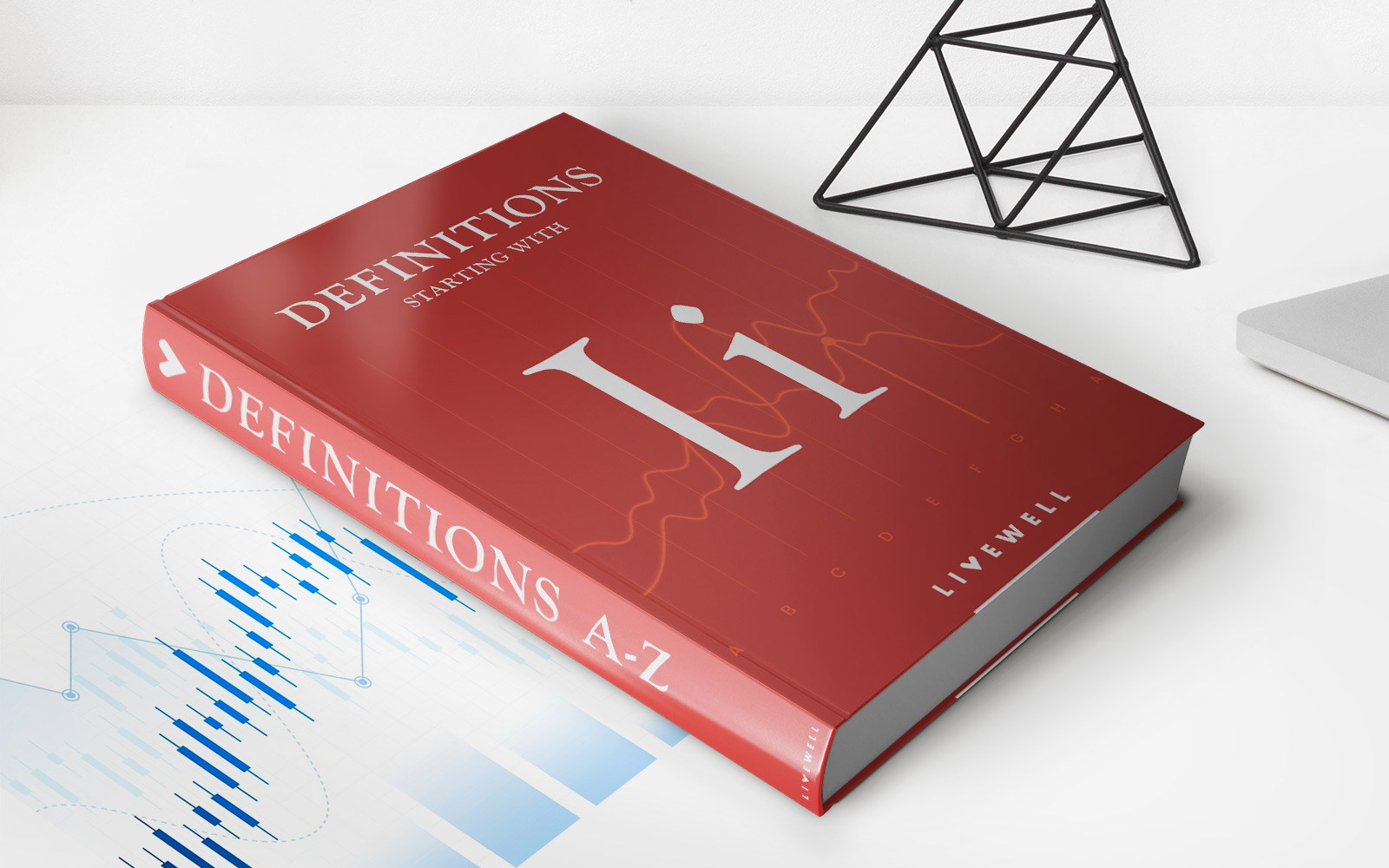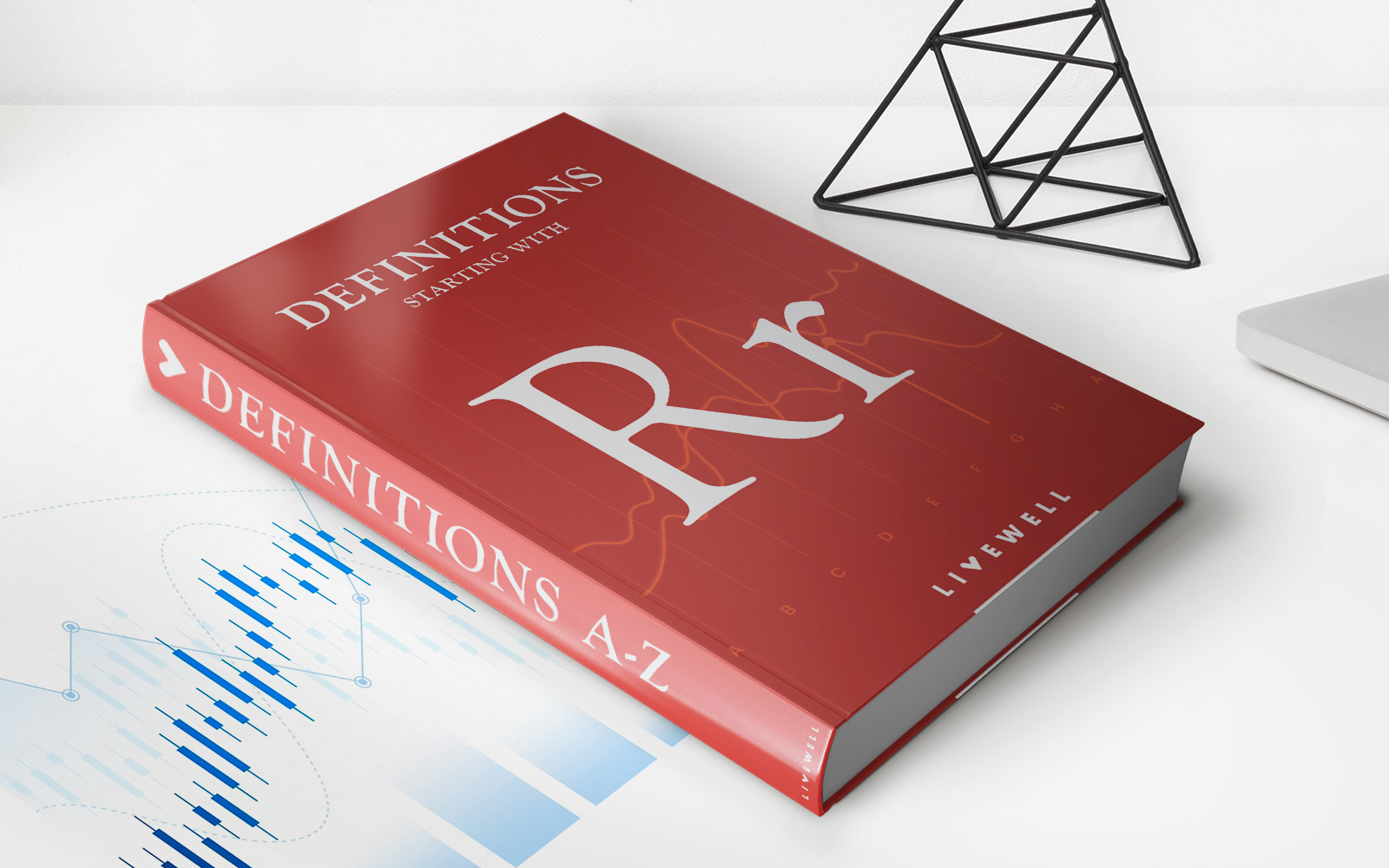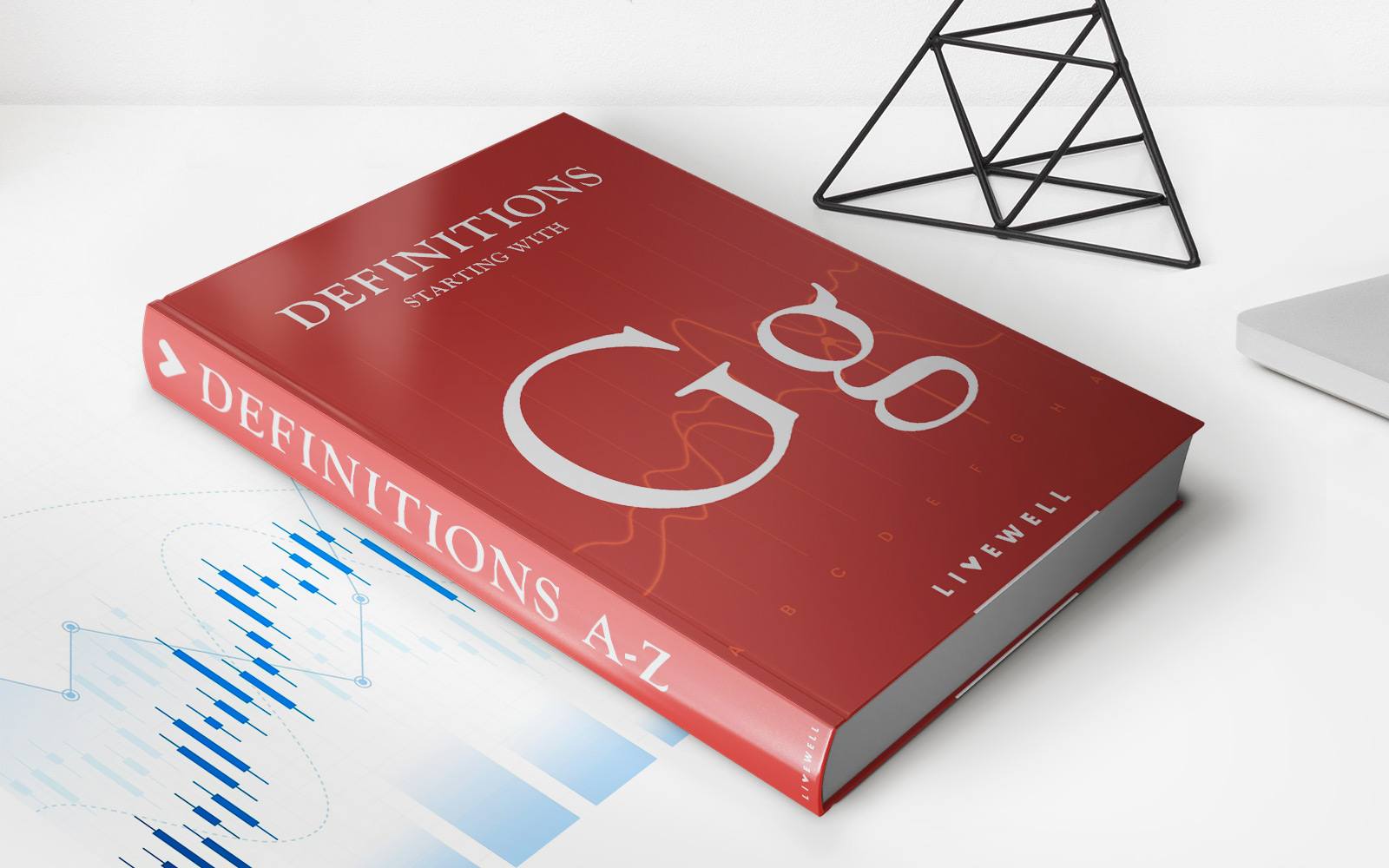Home>Finance>Sri Lankan Rupee (LKR/SLR): Definition, History, Conversion
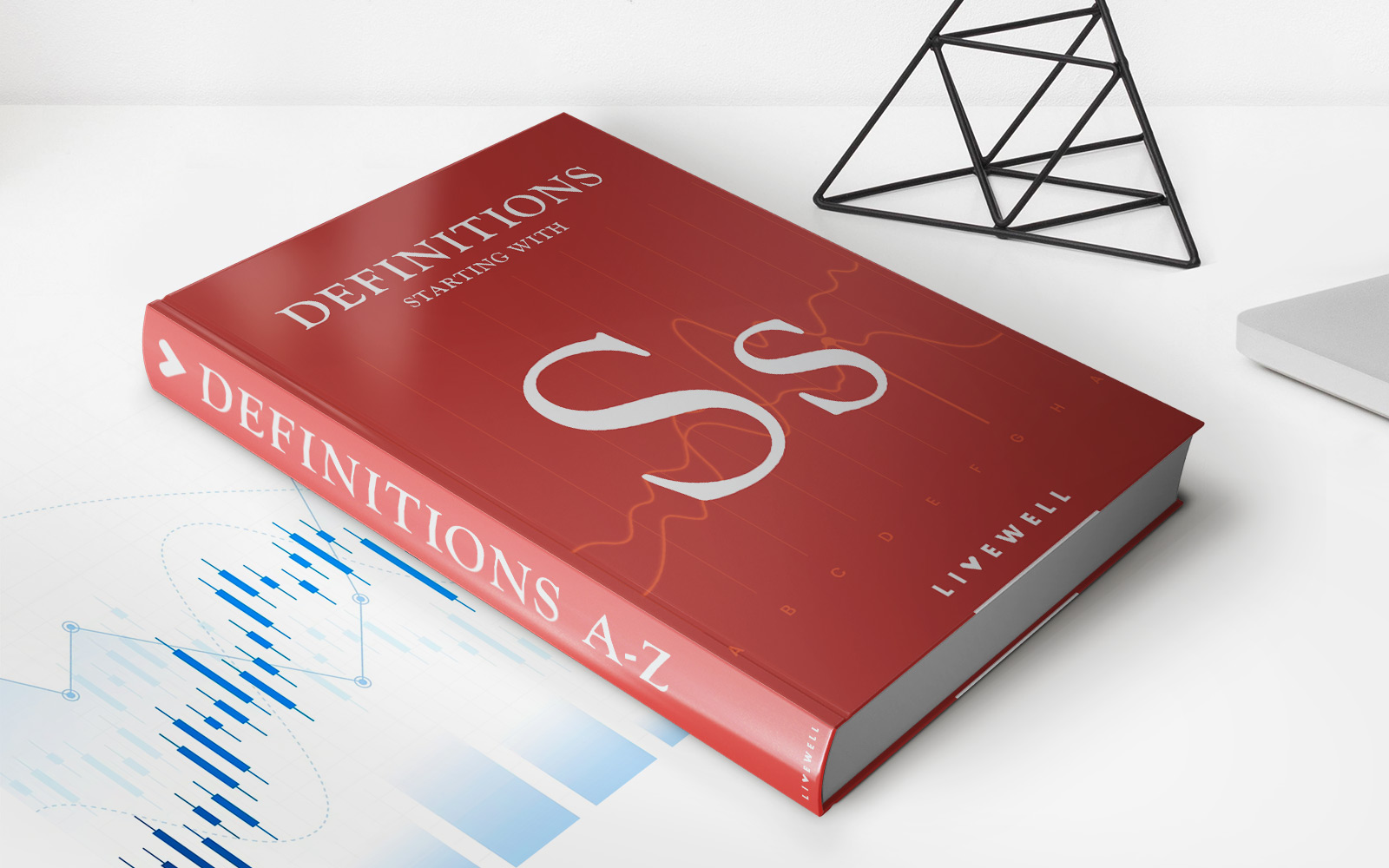

Finance
Sri Lankan Rupee (LKR/SLR): Definition, History, Conversion
Published: February 1, 2024
Discover the definition, history, and conversion of Sri Lankan Rupee (LKR/SLR) in the world of finance.
(Many of the links in this article redirect to a specific reviewed product. Your purchase of these products through affiliate links helps to generate commission for LiveWell, at no extra cost. Learn more)
Welcome to the world of Sri Lankan Rupee: Definition, History, Conversion
Are you curious about the Sri Lankan Rupee (LKR/SLR)? Wondering how this lesser-known currency came into existence and how it has evolved over time? Look no further! In this blog post, we will explore the fascinating world of the Sri Lankan Rupee. From its definition to its history and conversion, we’ve got you covered!
Key Takeaways:
- The Sri Lankan Rupee (LKR/SLR) is the currency of Sri Lanka.
- The history of the Sri Lankan Rupee dates back to colonial times when it was initially introduced by the Portuguese in the 16th century.
Definition of Sri Lankan Rupee (LKR/SLR)
The Sri Lankan Rupee, denoted by the currency code LKR or SLR, is the official currency of Sri Lanka. It is issued and regulated by the Central Bank of Sri Lanka, which is the country’s monetary authority. One Sri Lankan Rupee is subdivided into 100 cents, represented by a symbol ‘රු’ (Rs.) in Sinhala and ‘ரூ’ (ரூபாய்) in Tamil.
History of the Sri Lankan Rupee
The Sri Lankan Rupee has a rich history that dates back to the colonial era. The currency’s journey began in the 16th century when the Portuguese first introduced it as a means of trade. The Dutch took control of the island of Ceylon, now known as Sri Lanka, in the 17th century and continued using the Rupee as the official currency.
With the British’s arrival in the early 19th century, the Rupee became the official currency under the British Ceylon period. However, during this time, the currency system went through various changes, including decimalization, where the Rupee was subdivided into 100 cents. These changes laid the foundation for the modern Sri Lankan Rupee as we know it today.
After gaining independence from British colonial rule in 1948, Sri Lanka continued to use the Rupee as its official currency. Over the years, the country has issued different series of banknotes and coins, each reflecting different historical and cultural aspects of Sri Lanka.
Conversion of Sri Lankan Rupee
Now that we know the background and history of the Sri Lankan Rupee, let’s talk about its conversion. If you’re planning a trip to Sri Lanka or engaging in international trade, it’s important to understand the exchange rate between your currency and the Sri Lankan Rupee.
The exchange rate fluctuates daily due to various factors such as economic conditions, market demand, and geopolitical events. To find the most accurate and up-to-date conversion rate, you can refer to reputable financial websites or consult with a currency exchange service.
Keep in mind that currency exchange rates can differ between banks and other financial institutions. It’s advisable to compare rates and fees to ensure you get the best deal when converting your currency to Sri Lankan Rupees.
In Conclusion
The Sri Lankan Rupee is not just a currency; it carries a wealth of history and cultural significance. From its early days under Portuguese rule to its modern-day status as Sri Lanka’s official currency, the Rupee has evolved and adapted over time.
So, next time you come across the Sri Lankan Rupee, remember the story it holds within. Whether you’re an avid traveler, an investor, or a currency enthusiast, understanding the definition, history, and conversion of the Sri Lankan Rupee adds an extra layer of fascination to your financial knowledge.
Thank you for joining us on this journey through the world of the Sri Lankan Rupee!
